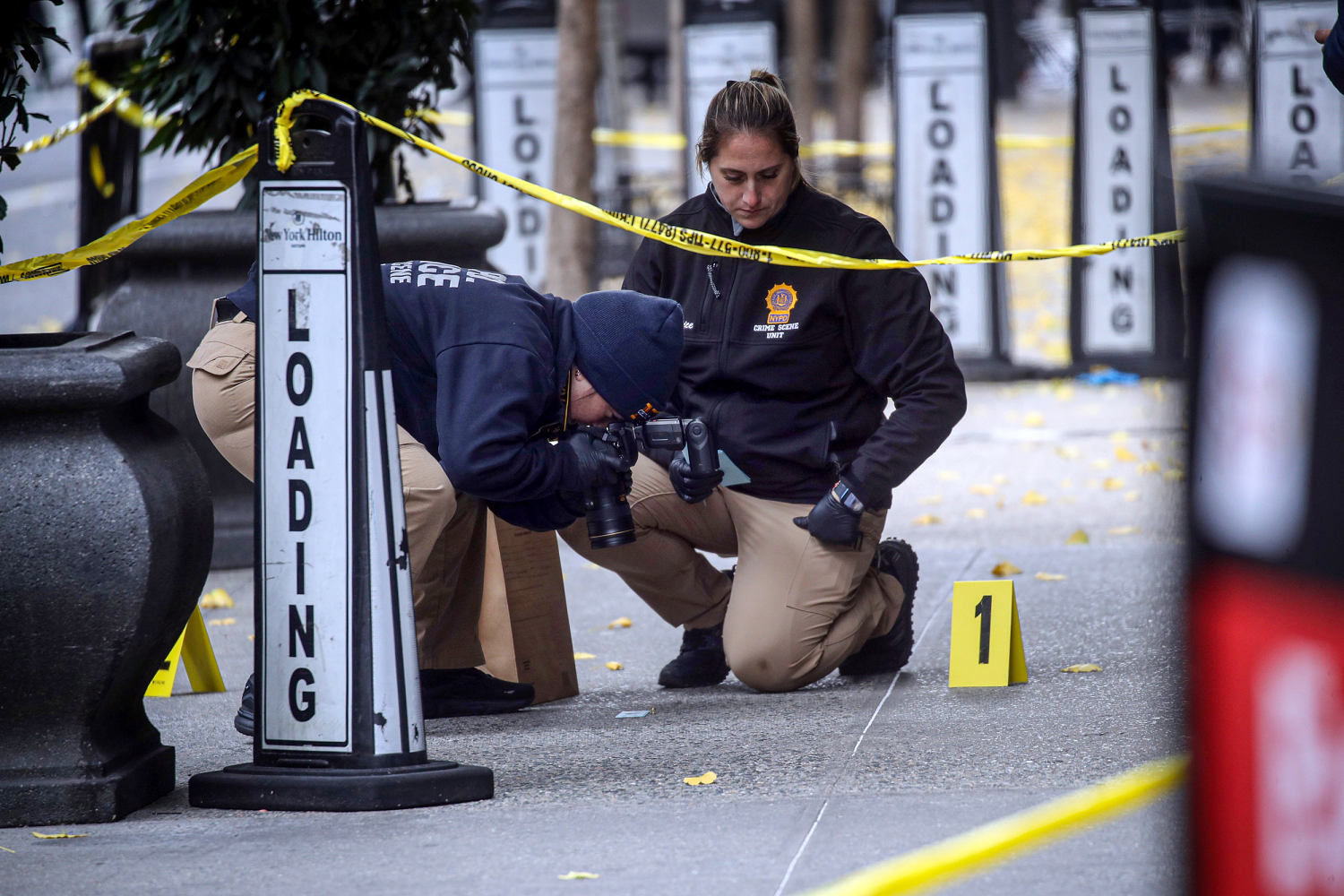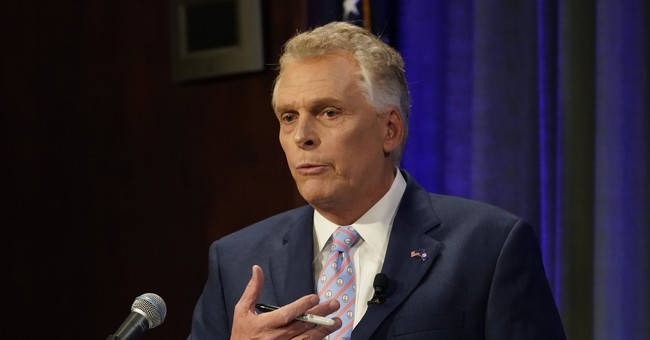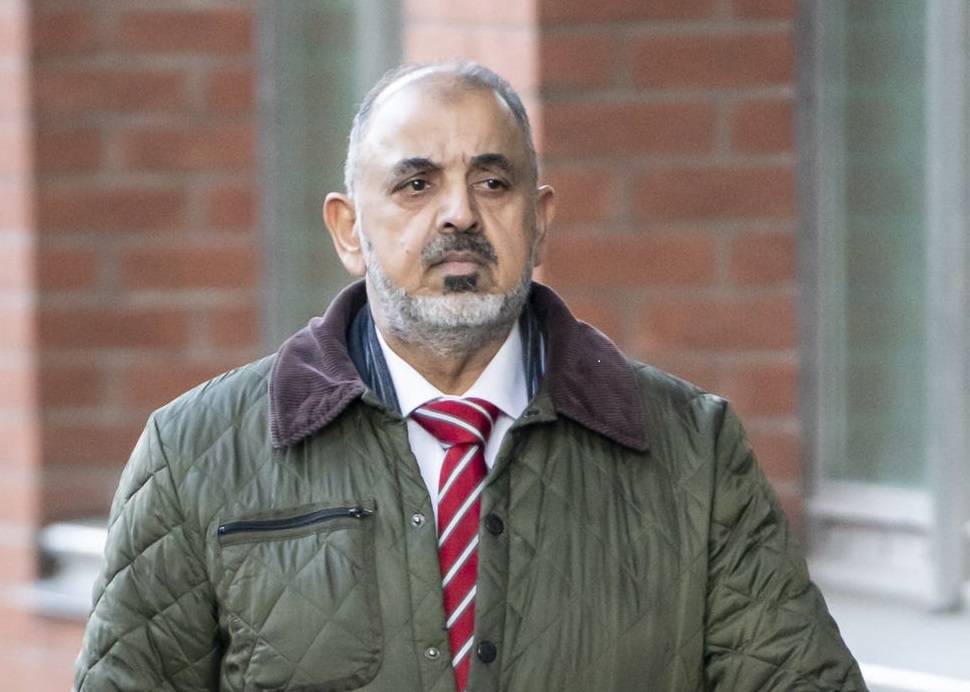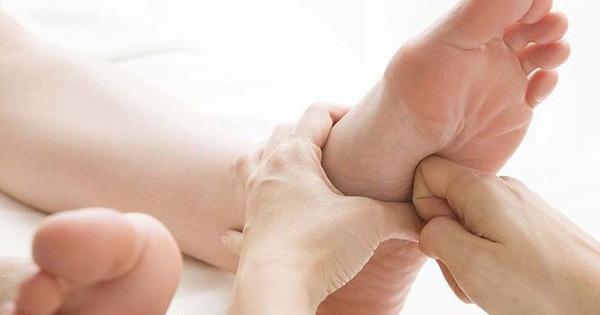In the early days of spring 2020, Shannae Donaldson, a Montreal-based marketing executive, quit her job in an act of self-preservation. The weathering effects of “an aggressive and toxic” work environment had left her with symptoms of post-traumatic stress disorder and in need of help. Donaldson decided to seek out a therapist who would understand her plight as a Black woman in the workplace. She wanted someone who could relate to the invisible tax of being Black, to the all-too-familiar notion of having to work twice as hard to go half as far. But there was one problem. “I tried to find a Black therapist in Montreal,” she says. “If they were there, they were very elusive.”
When the search proved futile, she started sessions with a white teletherapist based in British Columbia. But the pairing, Donaldson says, was not a good one: her sessions were often charged with microaggressions, and her therapist proved to be culturally incompetent.
“For my therapist to sympathize with me by saying she thinks Black babies are beautiful just wasn’t the depth I needed as I worked through my feelings,” Donaldson says. “I don’t want to explain my healing process. I need someone who understands that I was given ‘the talk’ at nine. She didn’t get it.”
Donaldson’s experience mirrors the challenge that many Black Canadians face in their search for mental health care. Given the erosive nature of systemic racism and its impacts on Black lives and livelihoods, the fallout is staggering. In January 2020, the Toronto Star reported that the rate of depression was up to 300 times higher among Black Canadians as a direct consequence of racism. One 2015 study by the Canadian Medical Association Journal found that, in Ontario, there were higher rates of schizophrenia among immigrants from the Caribbean and East Africa. The same research stated that “experiences of discrimination have been found to be associated with psychotic experiences, delusional ideation and attenuated positive psychotic symptoms.”
But, even when Black Canadians seek help in spaces reserved for vulnerability and healing, they are often not afforded the care and humanity they need. The problem can be traced back to two roots: how our mental health system operates and the monocultural makeup of most of its practitioners.
On June 8, 2020, two weeks after George Floyd’s murder, the Toronto Board of Health unanimously voted to declare anti-Black racism a public health crisis. It was a move that validated—albeit much too late—the ramifications that systemic racism has long had on Black wellness. But, other than that, it didn’t do much.
There are many barriers for Black individuals seeking mental health care. Personal or cultural inhibitors, such as shame, stigma, and distrust of the medical industry, are factors. So too are the higher rates of unemployment and lower average incomes that Black Canadians face—mental health care remains unaffordable for many. But one other key factor can be less often discussed: the lack of diversity among practitioners. In one 2018 study from the Mental Health Commission of Canada, 60 percent of Black Canadians said they would be more likely to use mental health services if care were administered by a Black professional. And, though national numbers are sparse, data from the US shows that, in 2015, 86 percent of psychologists were white and only 4 percent were Black.
“Every other Black therapist I know is fully booked due to an overwhelming surge of client requests and not enough Black professionals in the field to assist them,” says David Archer, a Montreal-based psychotherapist. There is evidence of a direct correlation between patient outcomes and the race of the administering practitioner. Research published in the Asia Pacific Education Review found that clients “tend to trust their counselors who share similar background experiences,” and because of this, they are more likely to actively participate in counselling, leading to better results.
This problem can be addressed only by building out the practitioner pipeline to ensure diversity among professionals—bringing more Black students from classes to seeing clients. But that too is riddled with challenges, many rooted in racism. As Archer explains, Black students often have to contend with “hostile learning environments.”
Shaquiera Hamilton, a student at McGill University who has studied psychology, can relate. She has had to learn to protect herself while navigating predominantly white learning spaces, such as when a professor asked her to speak about Africa. (Hamilton has never left North America.)
Hamilton attributes the lack of Black therapists to the lack of representation within the education system itself. After nearly two decades of study, she has had only three Black teachers. Hamilton says that, having never seen people like her in positions of power, she never imagined that Black professionals could occupy those spaces. She says bluntly that institutions simply “don’t cater” to Black students. “There are barriers and not enough resources for people like me.”
Of the top three psychology schools in Canada—the University of Toronto, the University of British Columbia, and McGill University—two confirmed that they do not collect race-based data to track graduate admissions. Hamilton tells me she’s one of the only Black students in her classes—and, if her experience is representative of other schools, it’s a sign that Canada’s shortage will not be remedied any time soon.
The problems that clients face go beyond the lack of Black practitioners—there is also the lack of culturally relevant teaching. Shannae Donaldson says psychologists are learning “from textbooks written by white people” and from professors ignorant of the Black experience. Hamilton says that, in her experience, there are psychology students who find it hard to believe that race is a social construct, and they could potentially go on to administer harmful care to Black clients. Archer, meanwhile, ponders the possible ramifications for clients when therapists are being taught “from a strictly Eurocentric perspective.”
Archer specializes in antiracist psychotherapy, which, he says, aims “to explain the societal functions of anti-Black racism and to equip with strategies to reprocess the mental health consequences of it.” He understands the intrinsic link between the experiences of his Black clients and their mental health challenges and subsequent outcomes. “Racial trauma operates in a similar way like PTSD,” he says. And, like PTSD, it can carry similar symptoms, including thought intrusion and hypervigilance—something that may be particularly familiar to Black clients who are having to wonder, Is my therapist racist? He says the social construct of race is organized around trauma, a self-perpetuating cycle in which white supremacy and Black suffering interplay, one feeding into the other.
Hamilton believes that, before therapists can meet the needs of Black Canadians, they must change the ways in which mental health care is both understood and provided. It would require an honest inventory of how traditional gatekeeping has excluded certain cultural practices. One example, Hamilton explains, is reiki: the Japanese practice of energy healing has flourished as a mainstay in Black self-care owing to its accessibility and its effectiveness at relieving anxiety and stress.
Meanwhile, Archer acknowledges that the value of a “positive peer / social system” cannot be discounted in the grand scheme of Black wellness. Donaldson knows this all too well: she had to rely on her own support system after her treatment with the teletherapist proved ineffective. And, while a positive peer group is not a replacement for mental health treatment, Black wellness cannot be removed from the healing that has long been derived from communal support—after all, it was in the church house, among one another, that enslaved Black people often found reprieve. Archer adds that, while not everyone needs or has access to therapy, having the right community around you can make all the difference when it comes to mental wellness.
After her own experience accessing mental health care, Hamilton understands Donaldson’s frustration with the lack of Black professionals available. She puts it frankly: “There are not enough Black [therapists] to provide the help that we need.”
Hamilton explains that she had her first therapy session at eleven, but it’s only recently that she’s had the opportunity to see a Black therapist. She says she has “made more progress in one year” than in all her previous years of therapy combined. “[I don’t have to] explain why my trauma matters. She gets it. And that is power.”
Like What You’re Reading?
Fact-based journalism is our passion and your right.
We’re asking readers like you to support The Walrus so we can continue to lead the Canadian conversation.
With COVID-19, now more than ever The Walrus’ journalism, fact checking, and online events play a critical role in informing and connecting people. From public health to education to the economy, this pandemic presents an opportunity to change things for the better.
We feature Canadian voices and expertise on stories that travel beyond our shores, and we firmly believe that this reporting can change the world around us. The Walrus covers it all with originality, depth, and thoughtfulness, bringing diverse perspectives to bear on essential conversations while setting the highest bar for fact-checking and rigour.
None of this would be possible without you.
As a nonprofit, we work hard to keep our costs low and our team lean, but this is a model that requires individual support to pay our contributors fairly and maintain the strength of our independent coverage.
Donations of $20 or more will receive a charitable tax receipt.
Every contribution makes a difference.
Support The Walrus today. Thank you.
Note: This article have been indexed to our site. We do not claim legitimacy, ownership or copyright of any of the content above. To see the article at original source Click Here













